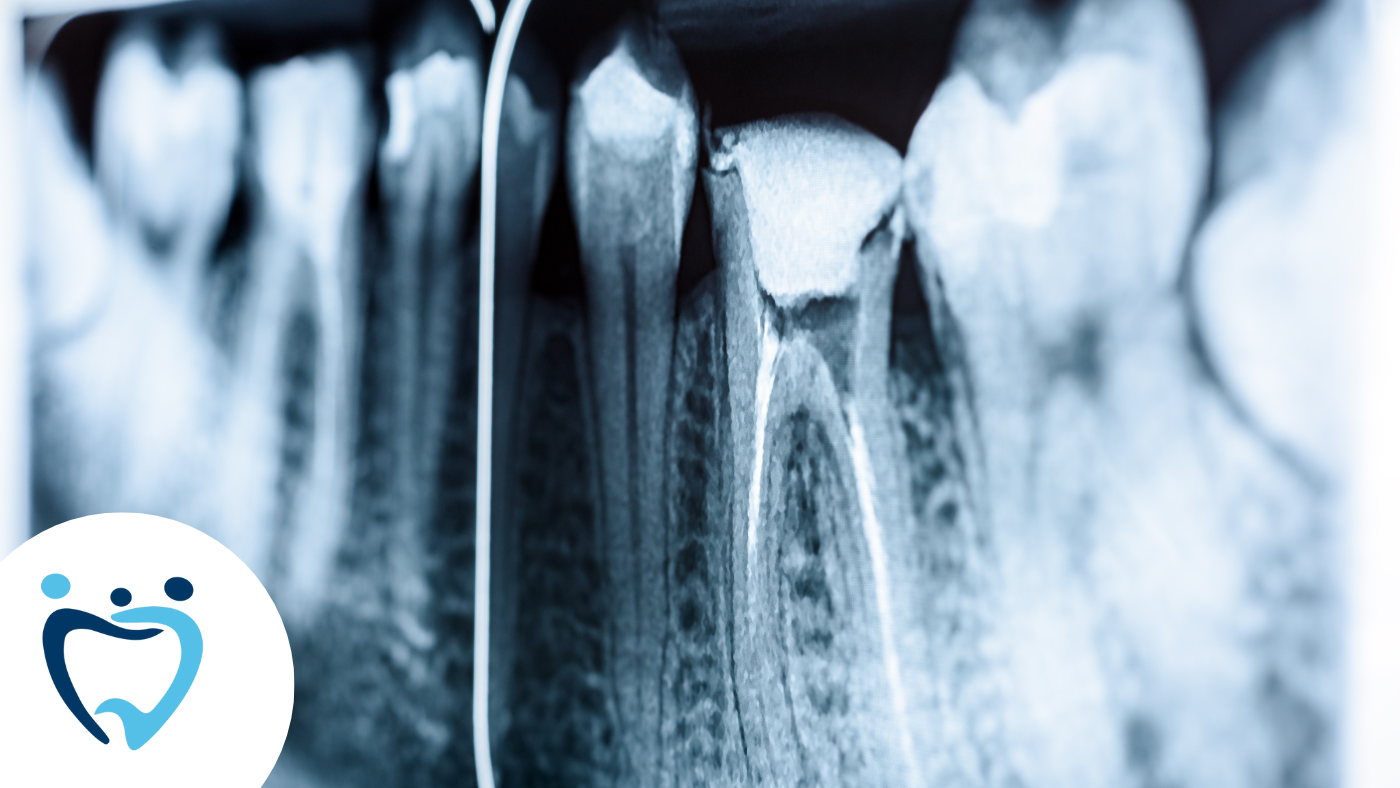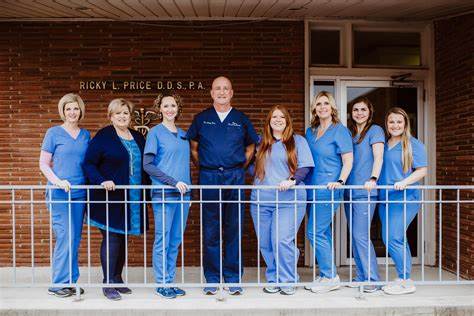
30 Aug The Bright Side of Root Canals
“That sounds about as fun as getting a root canal.”
If you’ve ever heard someone say that chances are, you also heard the sarcasm dripping from their voice. In reality, root canals do not make anybody’s list for their dream afternoon.
While we acknowledge that root canals aren’t exactly on our bucket list, either, they don’t have to be as terrifying as most assume them to be. What’s more, they’re essential for relieving pain and restoring your smile.
A root canal is simply a procedure that removes damaged or infected dental pulp from the center of your tooth. While only a dentist can say if you need one, problems such as constant pain and tooth sensitivity may point to the need for a root canal. Many people worry about pain, but root canals are usually no more painful than a deep filling.
How Do Root Canals Work?
A root canal is a type of dental therapy performed when the pulp of a tooth becomes damaged or infected. Dental pulp is located at the soft center of the tooth. It’s made up of nerves, connective tissue, and blood vessels that act as the “root” of your tooth (hence the name). The root canal extends from the pulp chamber down to the root of the tooth, as shown below.

When the pulp gets damaged, it breaks down and allows bacteria to thrive. This can lead to:
- Infection
- An abscessed tooth
- Bone loss around the root
- Swelling that can spread to other parts of the body
These situations may require the pulp to be removed in order to preserve the tooth. If the infected tooth is not removed, your oral and overall health could suffer. If you’re worried about losing something crucial in the process, know that the nerves of your teeth are primarily for helping you sense hot and cold with your teeth. This function is not major in the overall working of the mouth.
While removing the nerve won’t majorly affect the everyday use of your tooth, it does have some side effects. Namely, your tooth becomes weaker and more prone to fracture. To prevent this, your dentist will apply a crown to help protect your tooth and maintain its longevity.
How Do I Know If I Need a Root Canal?
The only guaranteed way to know if you need a root canal is by talking to your dentist. However, there are a few signs that may indicate you need a root canal. Common signs of damaged dental pulp include:
- Pain when chewing
- Long-term pain
- Sensitivity
- Swollen gums
- Tooth discoloration
- The tooth being loose
- Chipped or cracked teeth
Keep in mind that these symptoms don’t automatically mean that you need a root canal. With that said, they do signal that something isn’t right with your oral health. Contact us today to schedule an appointment if you’re experiencing any of these symptoms. Our team can determine the cause and provide treatment to restore your smile.
How Badly Will It Hurt?
This is the major question that most people have about root canals, having heard that they’re terrible. The fear of pain may even prevent them from seeking the treatment they need.
The truth is, root canals are no more painful than getting a deep filling. Most people experience discomfort after the procedure, but this pain is usually only mild to moderate. The best way to keep pain at a minimum is to follow your dentist’s cleaning instructions and return for any follow-up appointments they recommend.
What happens during a root canal?
A root canal may take one or more appointments to complete. To begin, we will take an X-ray of your root canals, scanning for signs of infection around the bone. If signs of infection are present, we’ll use local anesthesia to numb the area around the tooth to prevent any pain.
Because damage and infection have already killed the nerves when a root canal is necessary, the patient may not even need local anesthetic. The chances of experiencing severe pain are much lower than people think. With that said, a lot of dentists will use a local anesthetic anyway to put patients’ minds at ease.
Dealing with saliva can be a challenge for dentists during any dental procedure, whether it’s a routine checkup or a more complex undertaking like a root canal. To prevent this, your dentist or hygienist will place a rubber sheet known as a rubber dam around the tooth to help keep the area dry.
Next, your dentist will drill a hole so that they can access the soft center of the tooth. They will then remove the damaged pulp and any other bacteria or debris that’s been causing trouble. They do this using a series of root canal files which allow them to clean the sides of the canals.
What Happens After a Root Canal?
Your dentist may decide to seal the tooth during the initial visit. However, some prefer to put medication inside your tooth to clear up any infection and seal it a week later. In this case, a temporary filling is used to prevent any new contaminants from entering the tooth between visits.
It’s crucial to continue maintaining good oral hygiene during this period of time. This includes:
- Brushing for two minutes, twice a day
- Flossing at least once a day after eating
- Making sure you go to your follow-up appointment
During your follow-up appointment, your dentist will fill the tooth with a special mixture of sealant paste and rubber compound. The access hole is sealed using a permanent filling.
Sometimes, a tooth that has undergone a root canal requires some restoration to restore its original functionality. Teeth that require root canals have often experienced other problems, so your dentist may employ a crown or other type of restoration to protect them from further damage. Your dentist will discuss your options and help you determine what is best for your specific situation.
If you are experiencing pain and swollen gums, you may have infected pulp that needs to be removed in a process known as a root canal. While many worry about the pain involved, the procedure usually involves only minimal pain with mild to moderate pain during the healing process. If you suspect you may need a root canal, contact us today to set up an appointment. The procedure may not be on your bucket list, but the bright side is, it can turn your infected and painful smile into a happy and healthy one again.

About Our Team
With over 30 years of expertise in the field of dentistry, our team here at Wynne Downtown Dental is ready to meet your needs. We’re passionate about educating our patients on improving their oral health and helping our patients get the smile they deserve.
